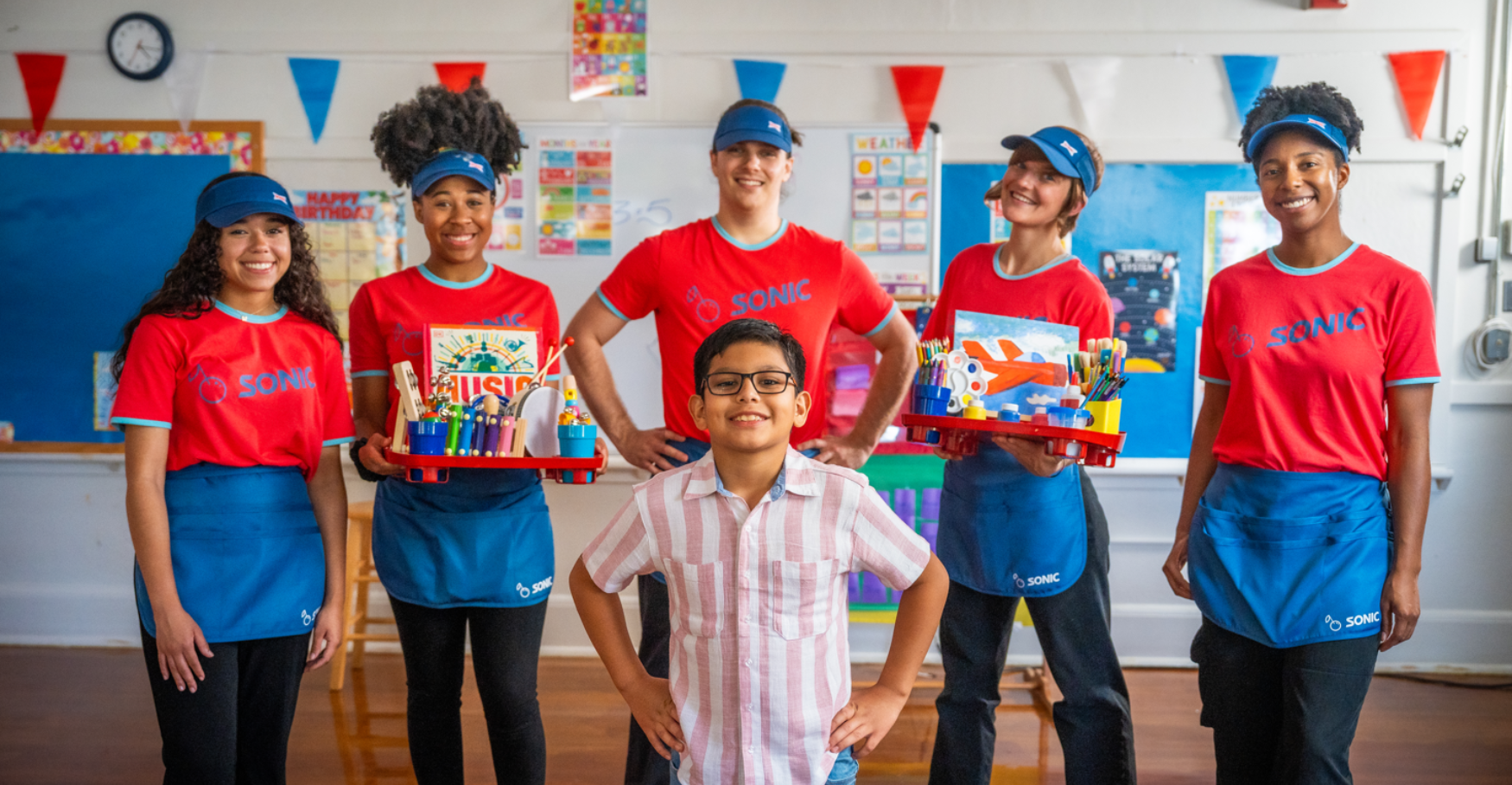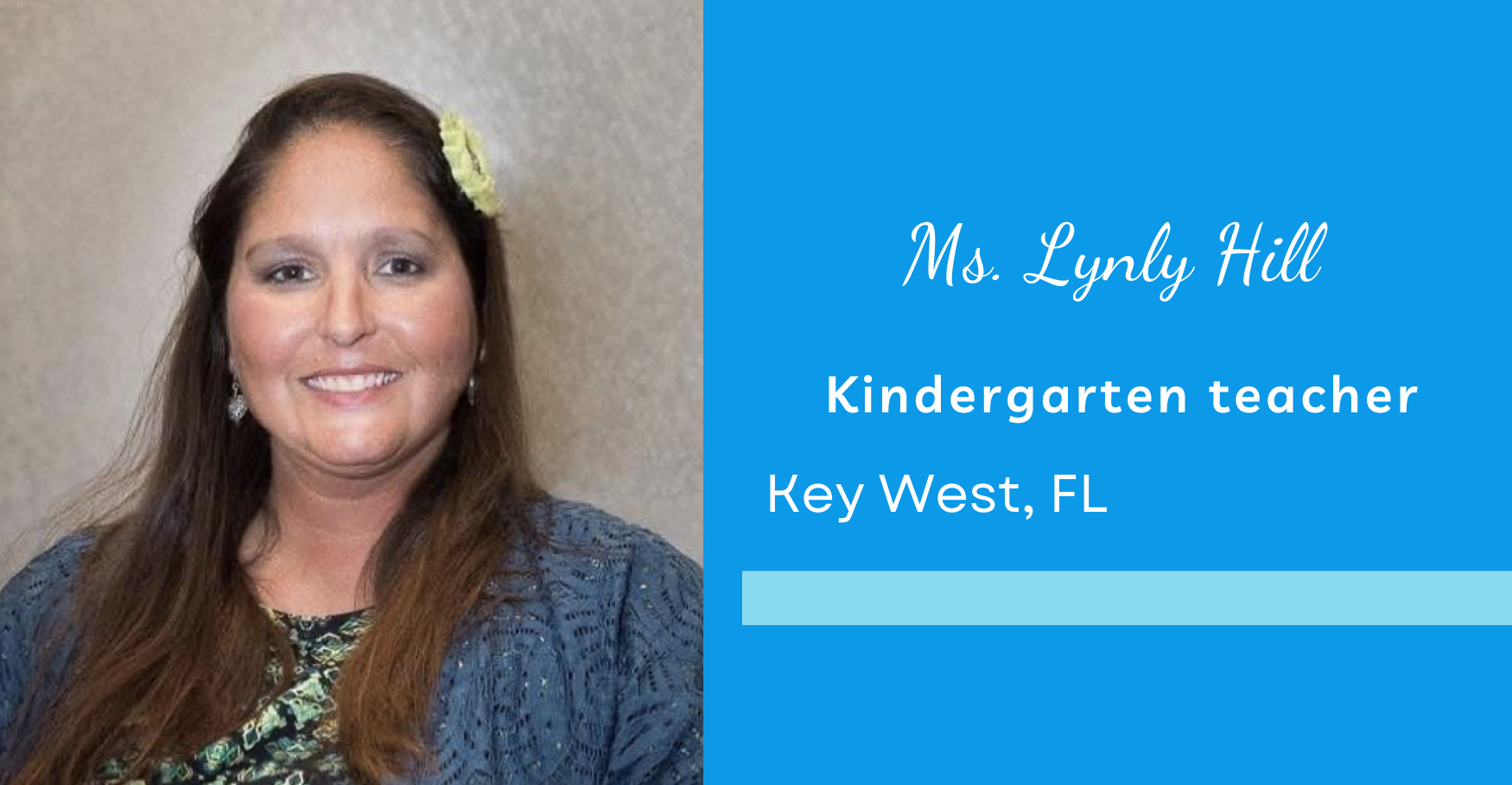While schools continue to navigate shifts to their school routines and learning methods amid COVID-19, SONIC’s Limeades for Learning May Teacher of the Month, Monique Carlisle-Grier, exemplifies the amazing dedication by teachers to support their students and their families.
Read more about Monique, her experience and her insights on how we can best support teachers and students in our communities, now and all year long.
- Location: Jacksonville, Alabama
- Subjects: Math and Social Science
- Grade Level: 3rd
- Years Teaching: 19
Who or what inspired you to become a teacher?
I knew I wanted to be a teacher early on. As an elementary student, I looked up to my teachers. I also enjoyed teaching my younger sister and cousins new things. The respect I had for my teachers, my love for children, and my desire to make an impact in the world are factors that inspired me to become a teacher.
What is the most rewarding part of your job?
For me, the greatest reward of my job is seeing my former students lead productive lives as adults. When former students, who are now well-rounded citizens, reach out to let me know that I was a positive influence on their lives, I feel my greatest sense of fulfillment as an educator. Knowing that my work and the relationships I’ve fostered have a direct impact on crafting the future is priceless.
Given the current situation educators and communities across the country are facing, what do you and your students most need now?
My students and I have several needs. Our first need is equitable broadband internet access and devices with video conferencing software at home for all students. My students also need trade books and basic supplies such as whiteboards, expo markers, paper, pencils, and art supplies to create projects. My needs are mostly related to professional development. I need professional development in how to effectively use video conferencing apps and software to support students remotely, and how to create learning experiences to keep students interested and engaged while learning remotely.
What is a bright point of your and your students’ day?
My students and I have many bright points throughout our day. A special bright point for me is greeting and interacting with my students in the morning before the day starts. I greet each student with a smile, a hug, a high-five, a fist bump, or a dance. During this time, I can gauge how they are feeling or if they’ve had a difficult morning; therefore, I can help them resolve problems before the day begins. Another bright point in my day happens when students have “aha” moments and grasp a concept they’ve struggled with. A bright point for my students is jamming to our math jingles. My students love to sing songs to help them learn math concepts. We have a special time set aside each day to jam to our jingles, and students request them if we have downtime.
How can programs and community members best support teachers now?
Donating supplies that students need while learning remotely. If donations can’t be made to specific teachers or local schools due to school closures, they can make monetary donations to programs like DonorsChoose’s Keep Kids Learning program. This program allows teachers in low-income communities to select materials their students need and distribute them directly to students at home.
What is the best teaching advice you’ve received?
Build relationships with your parents as well as your students. Let your parents know that you are on their team and that their child’s success is important to you. Send a positive email or make a positive phone call to every parent within the first few weeks of school. When parents know that you see the positive in their child and that you are a partner in their child’s education, they are more supportive and respond more receptively when you might have tough conversations with them about behavior or grades.
What advice do you have for fellow educators during this time?
During this unprecedented time, we have so many parents concerned about how bills will be paid or how they will feed their children. Schoolwork is not a big rock for them right now, but I see so many educators stressed out about assignments not being completed or students not attending computer sessions. My advice for fellow educators during this time is focus on your circle of control and don’t stress about the things you can’t control. You can only do your part (reaching out to parents, making sure students have access to assignments, keeping documentation current) and right now, that’s enough.
What is your favorite project that has received funding from SONIC Drive-In, and why?
My favorite project that has received funding from SONIC Drive-In is “Going Full STEAM Ahead in the Classroom.” For this project, I requested materials such as magnetic building blocks, Brain Flakes, engineering straws, clay, pipe cleaners, Velcro, craft sticks, EMIDO building blocks, and Real-World Stem Challenge Kits. I used these materials to create STEAM kits for my classroom. This is my favorite project because it has allowed my students to engage in hands-on STEAM challenges, which provide them with opportunities to apply content knowledge and real-world skills. Students are required to use critical and higher-order thinking skills while collaborating with peers to solve problems. They also have the opportunity to think like scientists and engineers through planning, building, testing, and improving their designs until they are successful.
Why are programs like Limeades for Learning important to public school teachers like you?
The average teacher spends more than $500 on his or her classroom each year. Federal funds that teachers receive have strict guidelines and can only be used to purchase things used directly by the students. Programs like Limeades for Learning are important to public school teachers because they alleviate some of the out-of-pocket costs teachers spend on their classrooms. These programs also offer flexibility in what teachers can purchase, giving them options of materials and supplies needed for the classroom that are beneficial for both students and teachers.



